These amazing images chart the rise and fall of St Nicholas House in Aberdeen, which was influenced by the architecture of New York.
This was, indeed, the epitome of a 1960s building.
Towering above the elegant Marischal College on Broad Street, the 14-storey St Nicholas House had its critics.
But there were many from the world of architecture who hailed it as a “municipal marvel”.
Even the building’s name, after the city’s patron saint, split opinion!
Council architect George Keith unveiled his model for a new council base in 1961 which was the same year that Aberdeen’s first tower block was built.
Mr Keith said: “If Aberdeen is not to spread out indefinitely into the country and if Aberdeen is to retain many of her lovely open spaces, there must be areas of the city which have very high density housing.”
The £2 million building started to take shape during 1966 and 1967.
It opened in 1968 although it wasn’t built quite as planned.
The late Mr Keith was said to be hurt that his design had been criticised so heavily and there were stories that the budget was slashed halfway through the project when money became tight.
Mr Keith had envisaged a pedestrian square between St Nicholas House and Marischal College, but a committee wasn’t willing to give up Broad Street as a bus route.
The building was also meant to stretch between Netherkirkgate and Union Street with a glass frontage to reflect the glory of Marischal College across Broad Street.
Had it then turned out as a cobbled-together compromise of what he had intended?
St Nicholas House stood on Aberdeen’s skyline for almost four decades.
It sat uncomfortably with the grand and historical granite buildings all around although council staff did enjoy working there for a period of time.
Problems started to develop as the building aged.
There were reports over the years that the lifts were usually out of order.
Not exactly great if you happened to be working on the top floor!
The building managed to limp into the noughties but its time was nearly up.
Dramatic £1 billion redevelopment plans for radical changes to the face of Aberdeen city centre were then revealed by councillors in June 2003.
The most eye-catching proposal was to demolish St Nicholas House, creating a new civic square, and moving council staff to Marischal College.
That was something many people living in Aberdeen had dreamed about for years.
You just needed to look at the letters pages of the EE and P&J for evidence of that!
Further proof of the public’s feelings towards the structure came in 2005.
That’s when the producers of Channel 4 TV programme, Demolition, asked the UK public to contact them with their most hated buildings.
“In Aberdeen, 90% of the votes have been for St Nicholas House,” said Lucy Cooke, the show’s producer.
“Most of the objections are on the grounds that the beautiful Marischal College, one of the best granite structures in the world, is directly opposite.”
She said voters had labelled St Nicholas House, Aberdeen City Council’s headquarters, “a model of bad design”.
One wrote the building was “a hideous reminder of the concrete excesses that architects foisted on the duped town planners of the 1960s”.
Labelling the building a “grey monstrosity”, another said: “It should never have been built in the first place.”
The city council eventually agreed to demolish its former HQ.
The vote to decide its future caused a split in the ruling council SNP-Lib Dem coalition, with the Lib Dems forcing the demolition through with the help of Labour.
The fat lady was now clearing her throat!
Fast-forward to 2011, where over 1,000 council staff vacated St Nicholas House for the newly-refurbished historic Marischal College building across the road.
Then in June 2012 Aberdeen City Council announced that the demolition of the building was due to commence following the appointment of Safedem.
The Press and Journal reported at the time that the estimated cost of demolishing and clearing the St Nicholas House site could reach £2 million.
Safedem spent five months stripping St Nicholas House back to its structural frame and external fabric including removing asbestos, fixtures and fittings.
The building was dismantled floor by floor in 2014 over a lengthy period to make way for a £107 million hotel, retail and office development known as Marischal Square.
The demolition work made one of Aberdeen’s oldest buildings, Provost Skene’s House, completely visible for the first time in decades.
But what do you think?
Icon or eyesore?
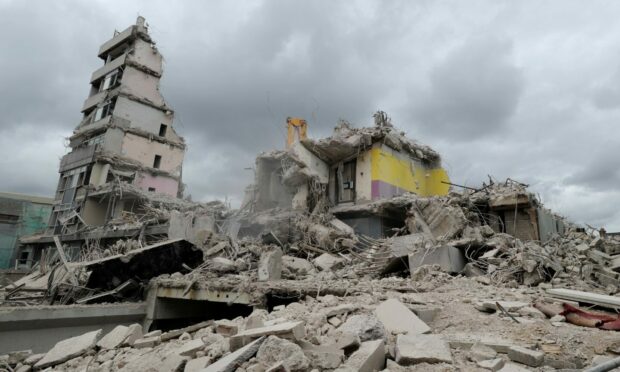
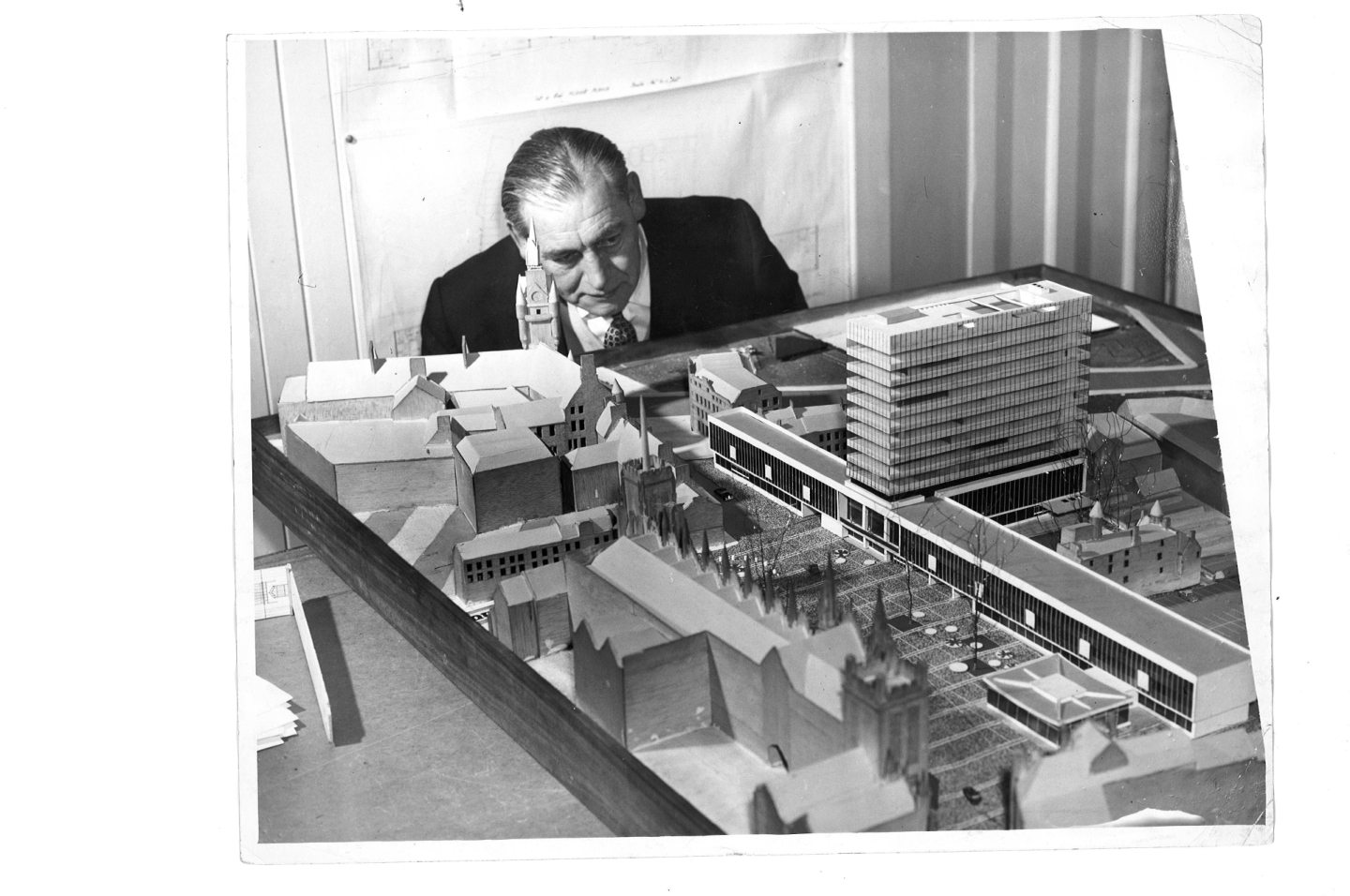
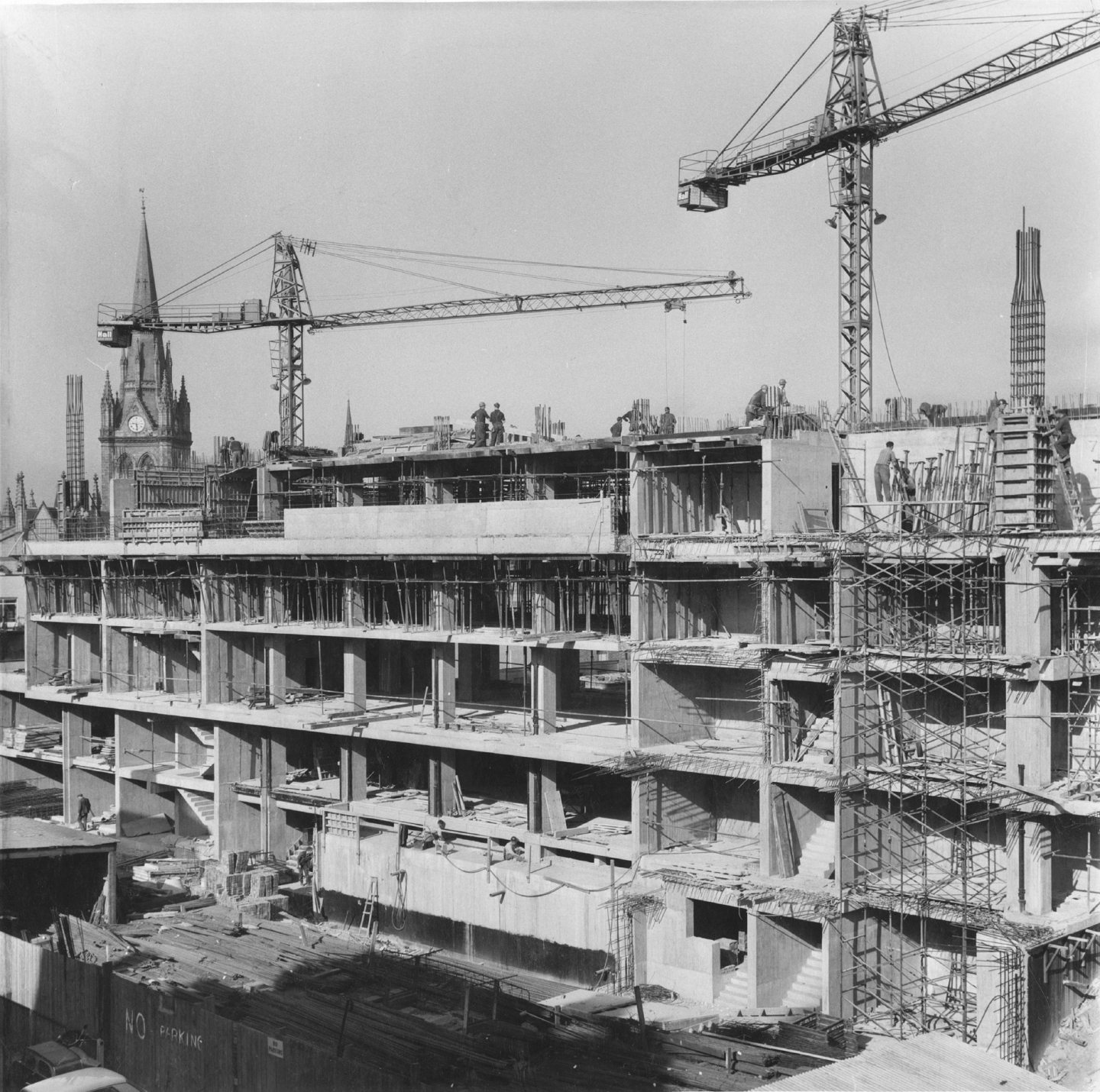
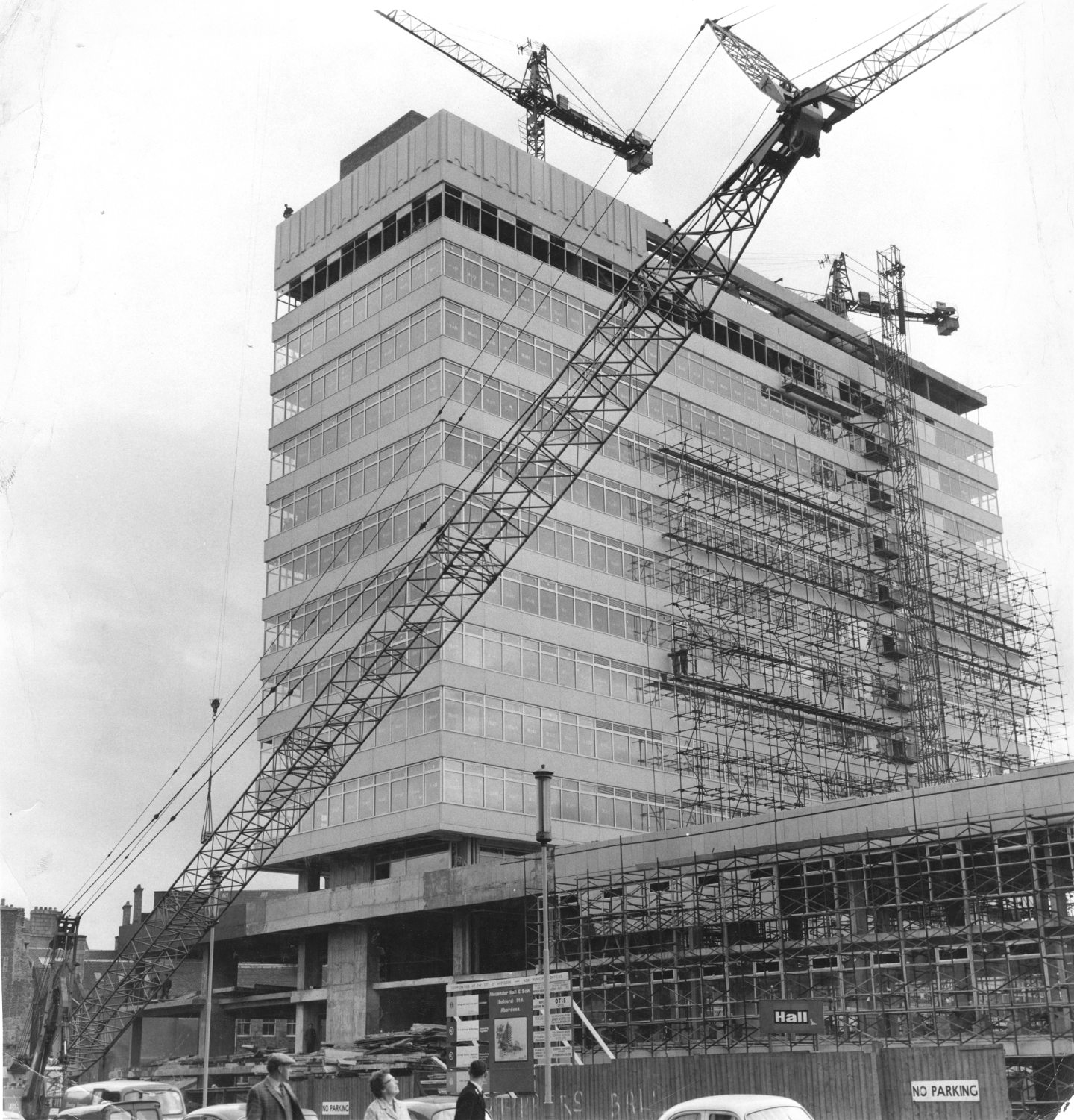
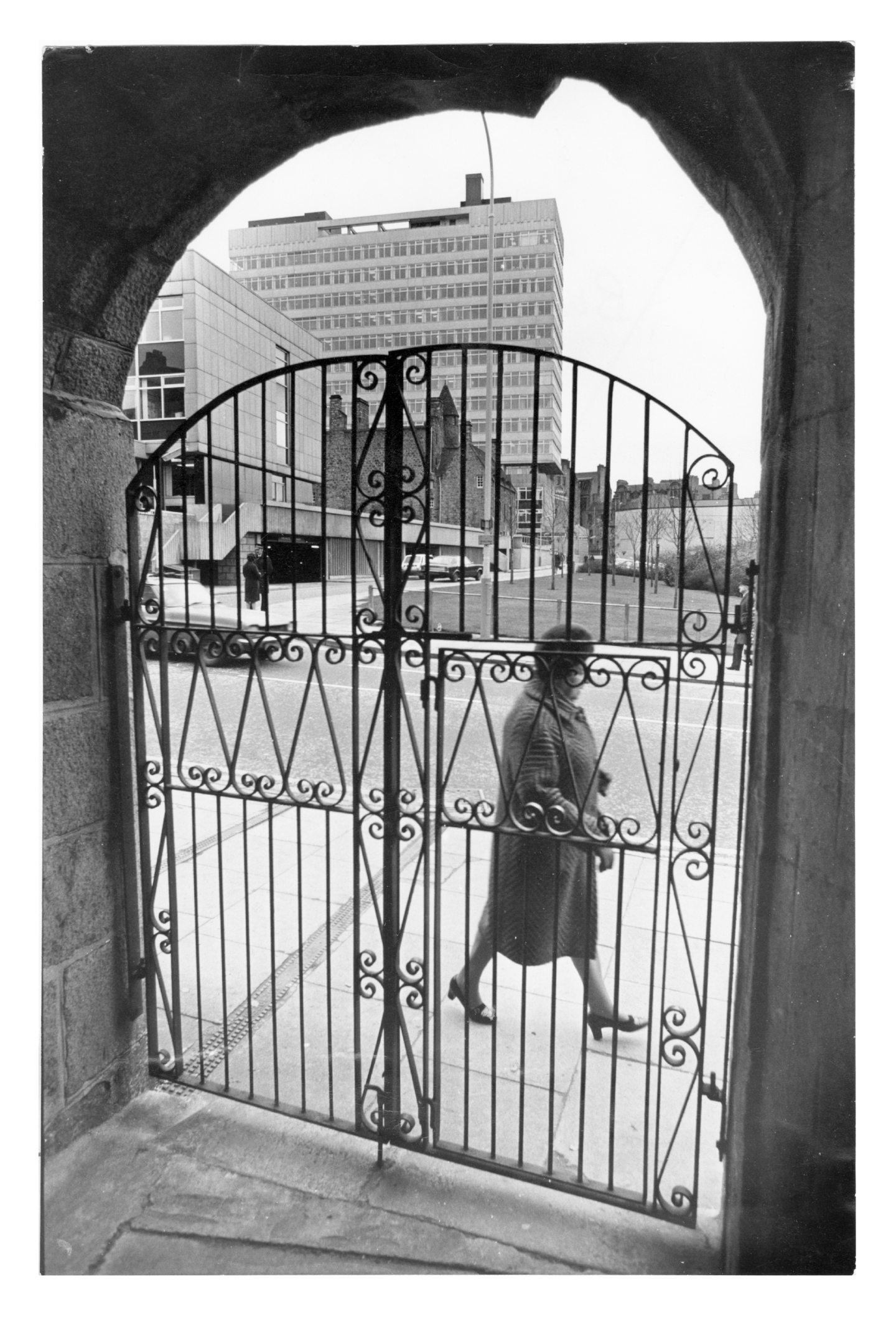
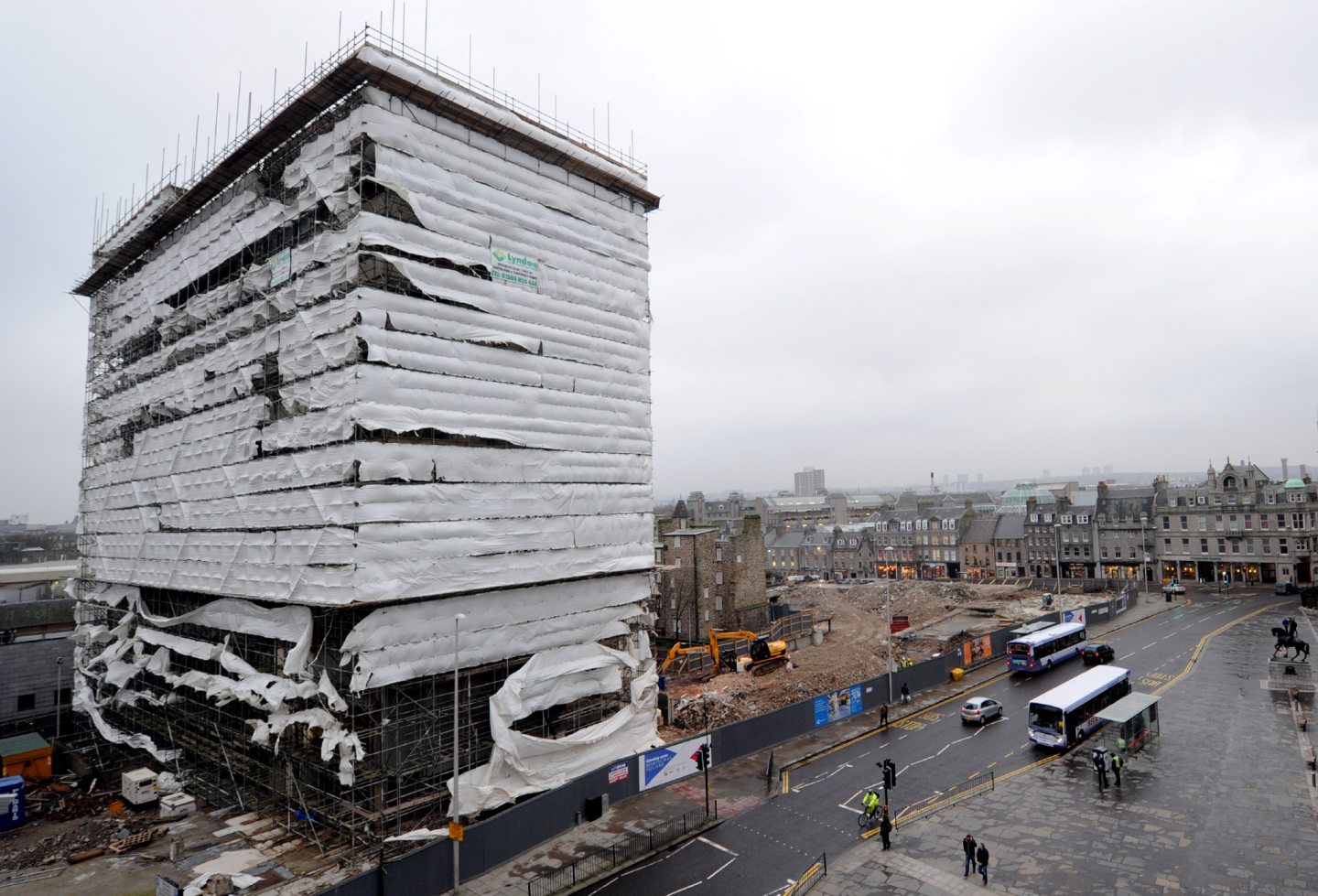
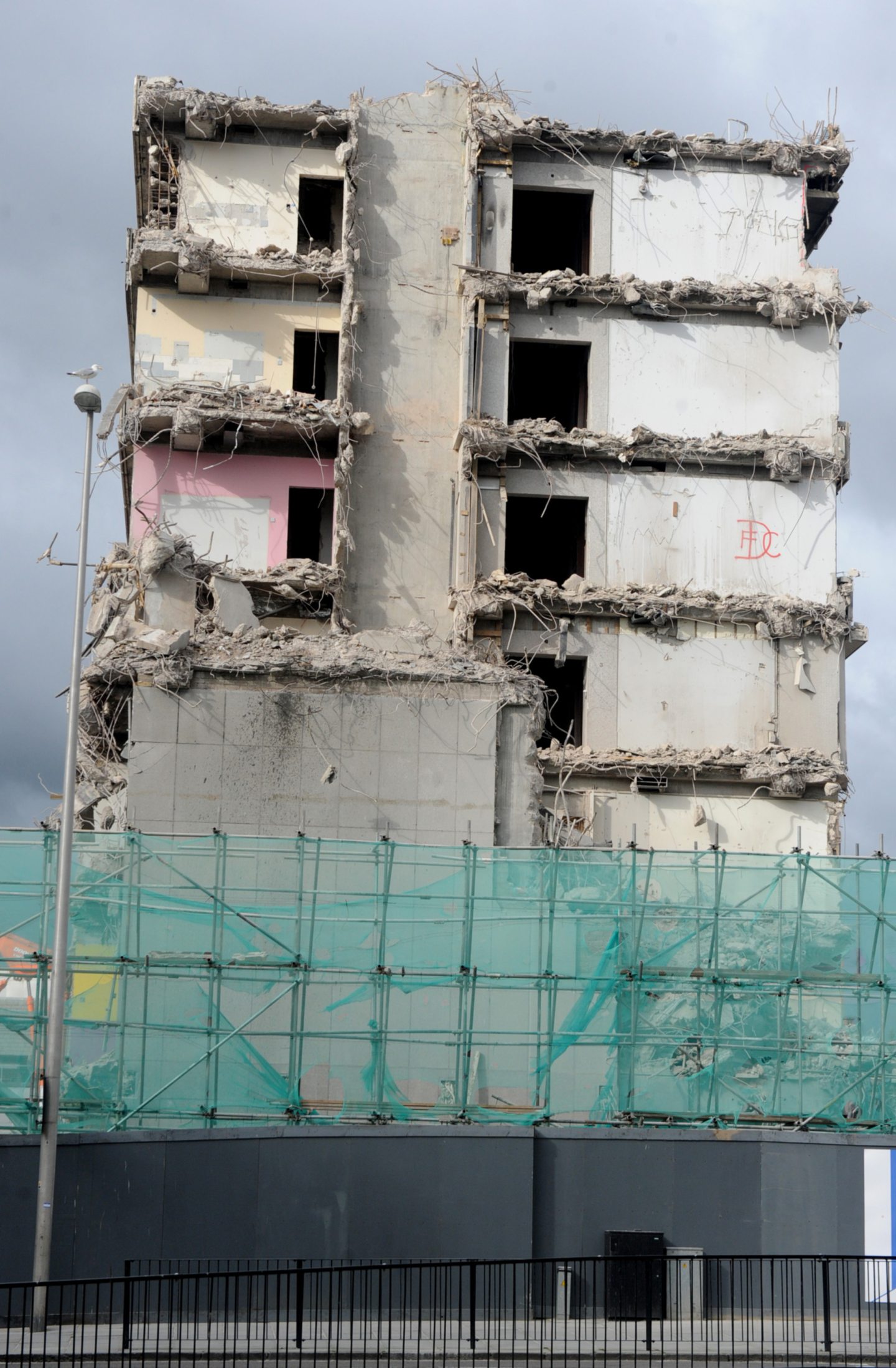
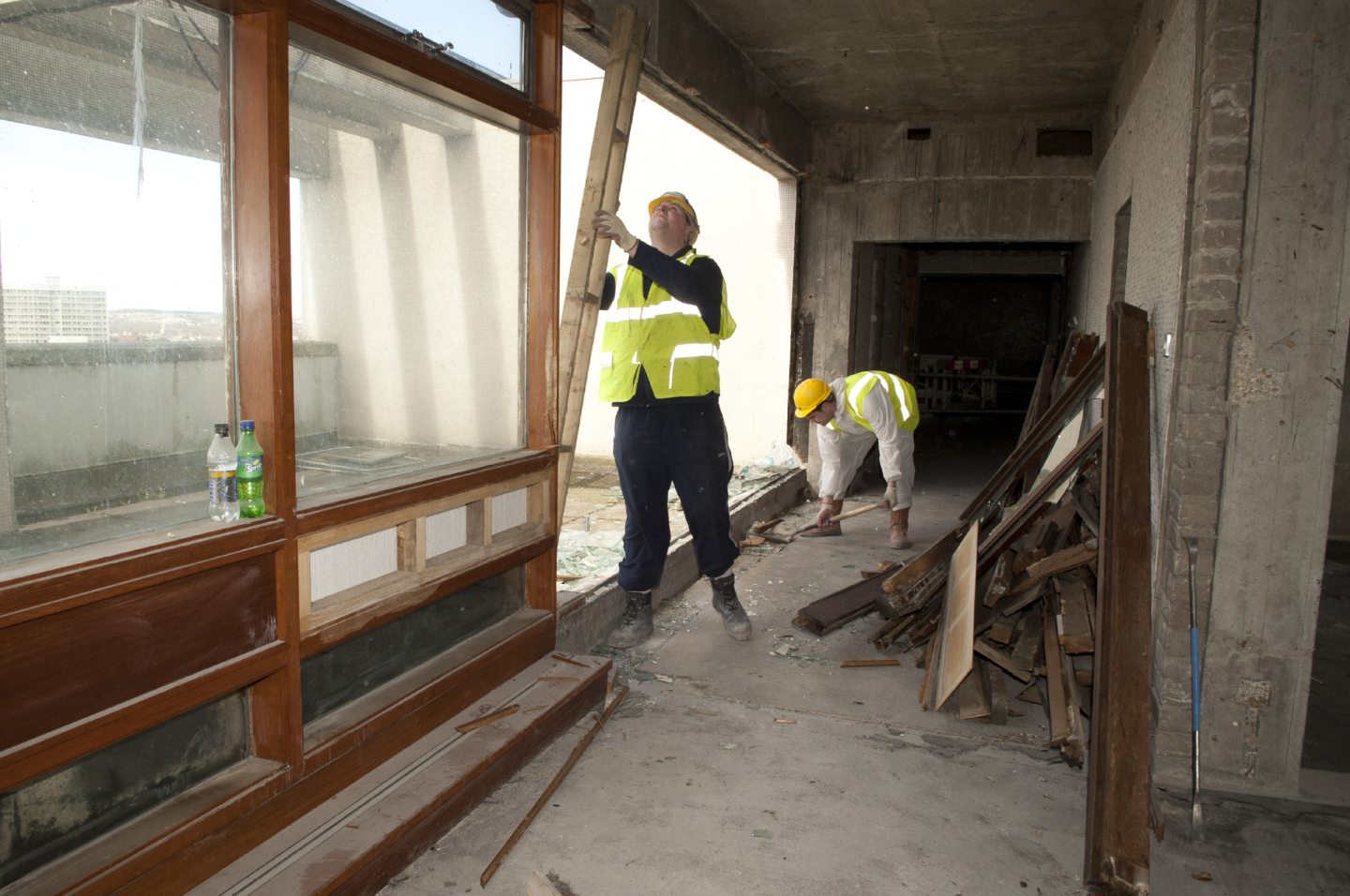
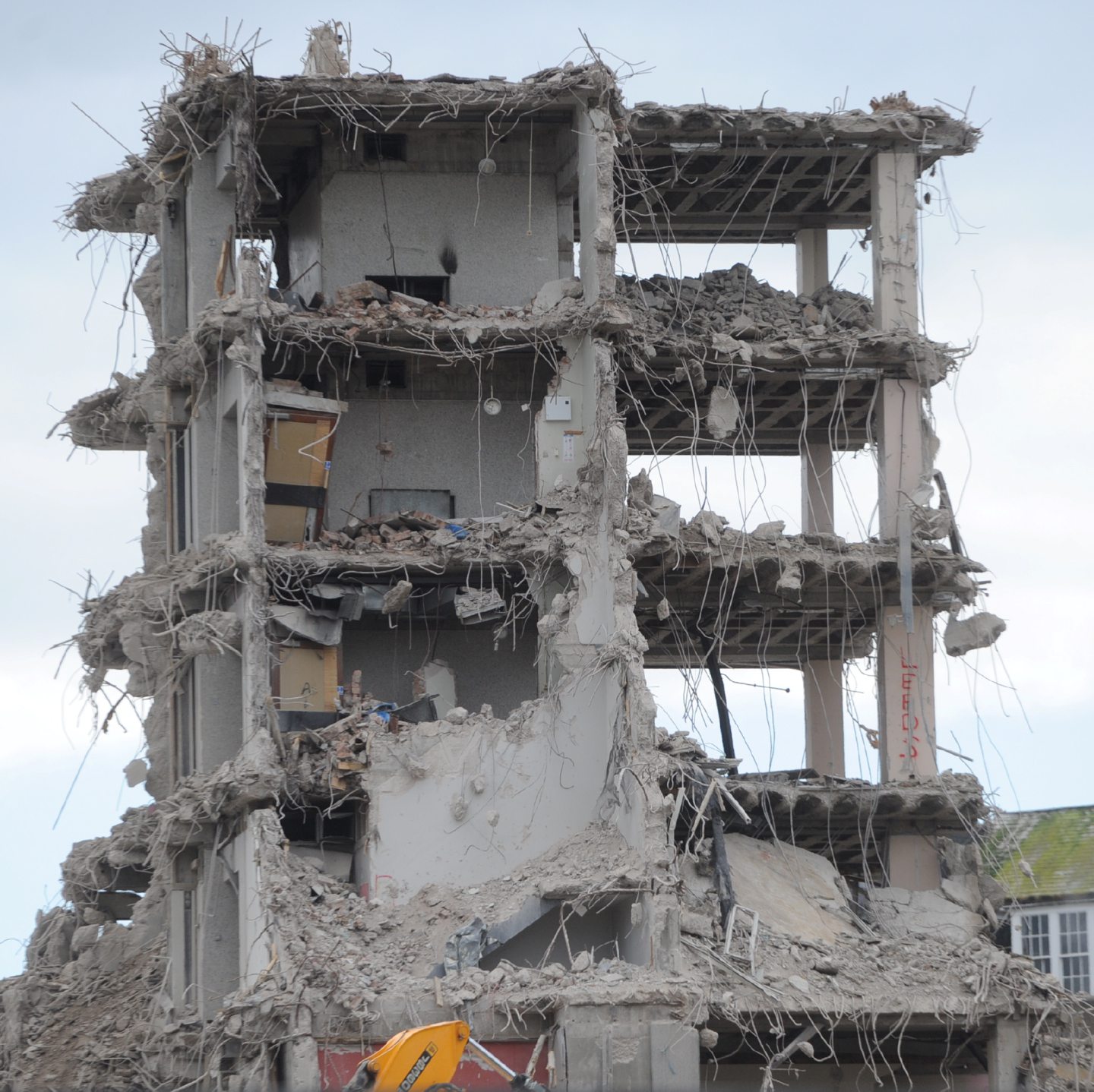
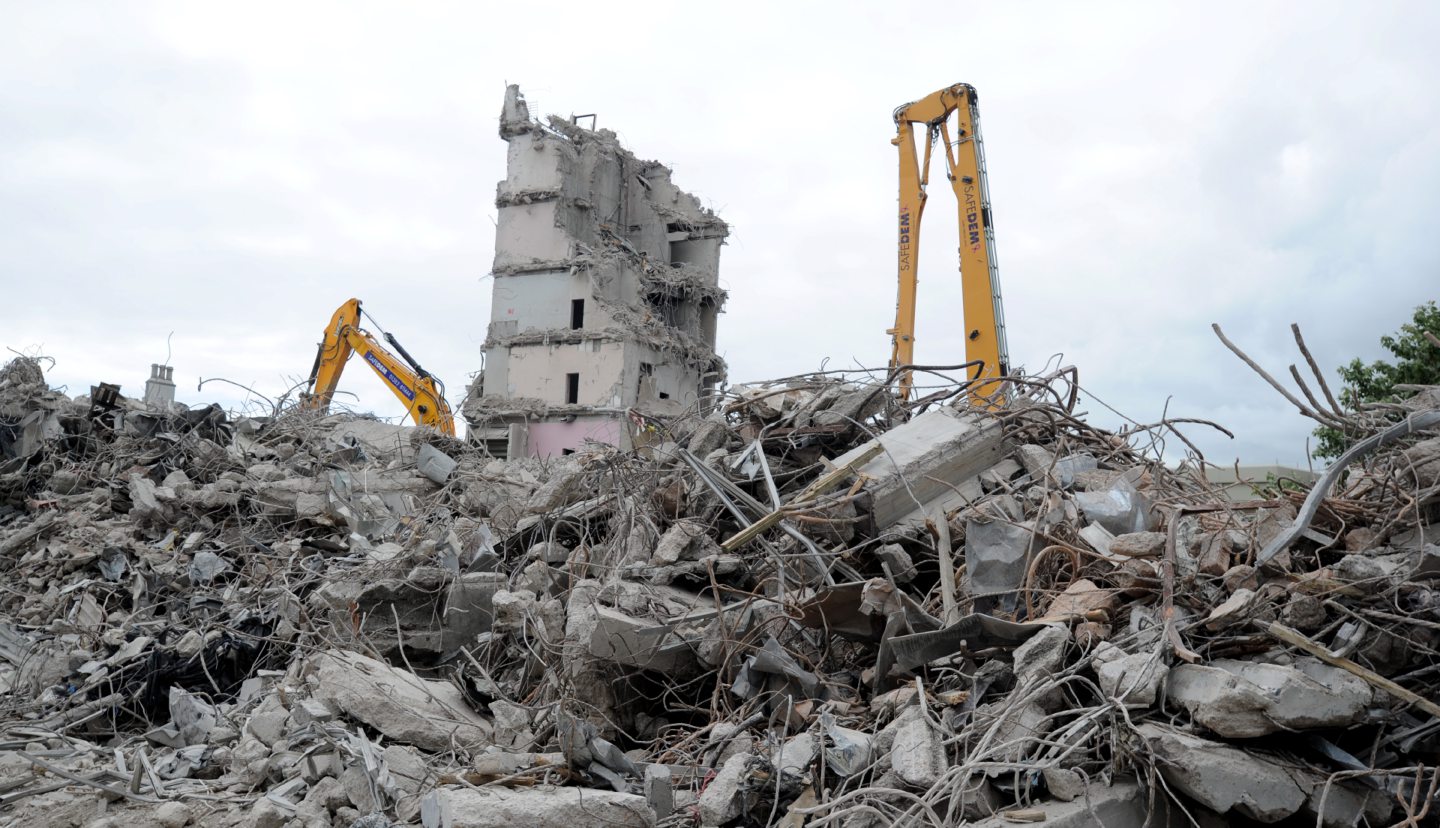
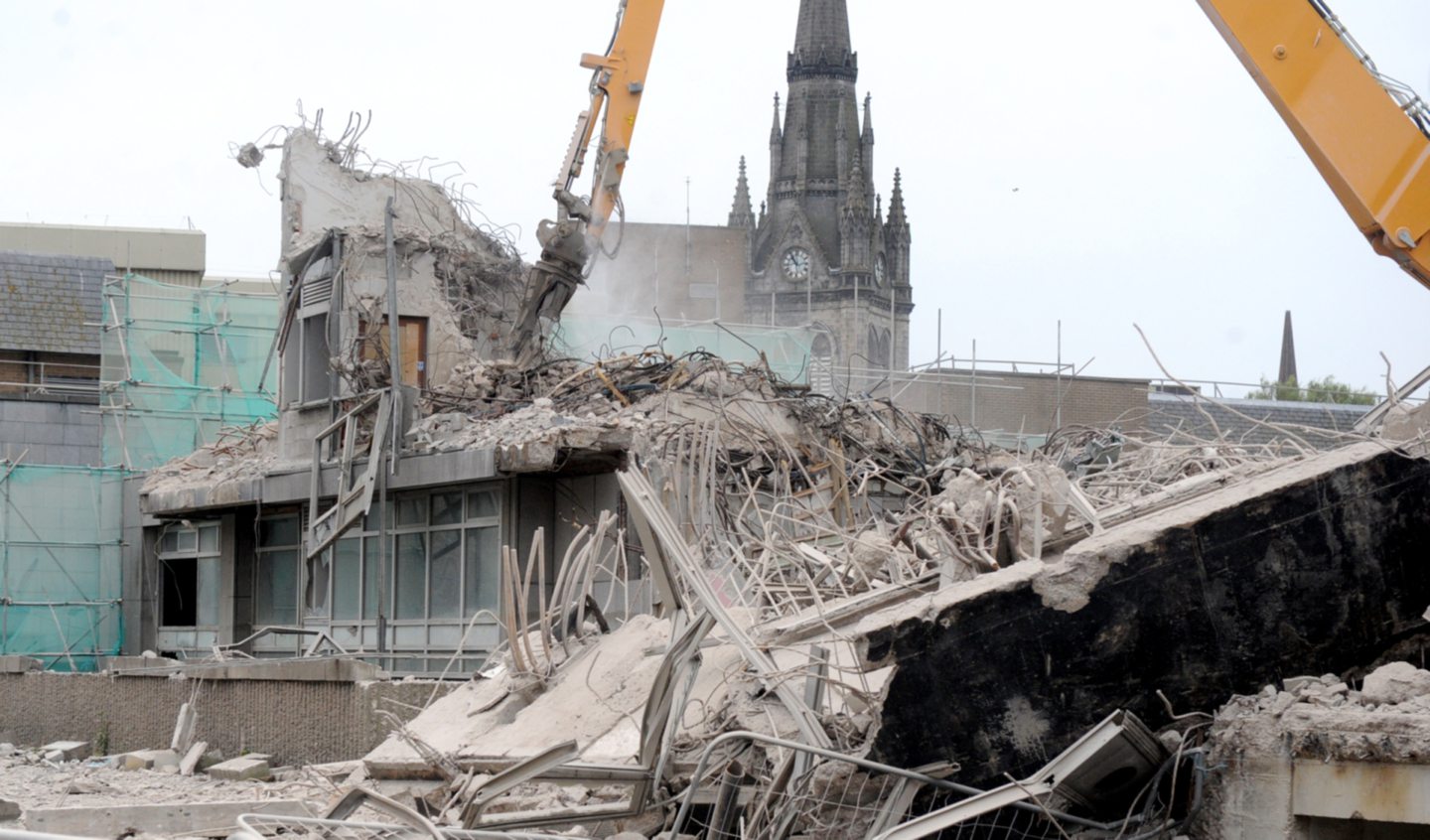
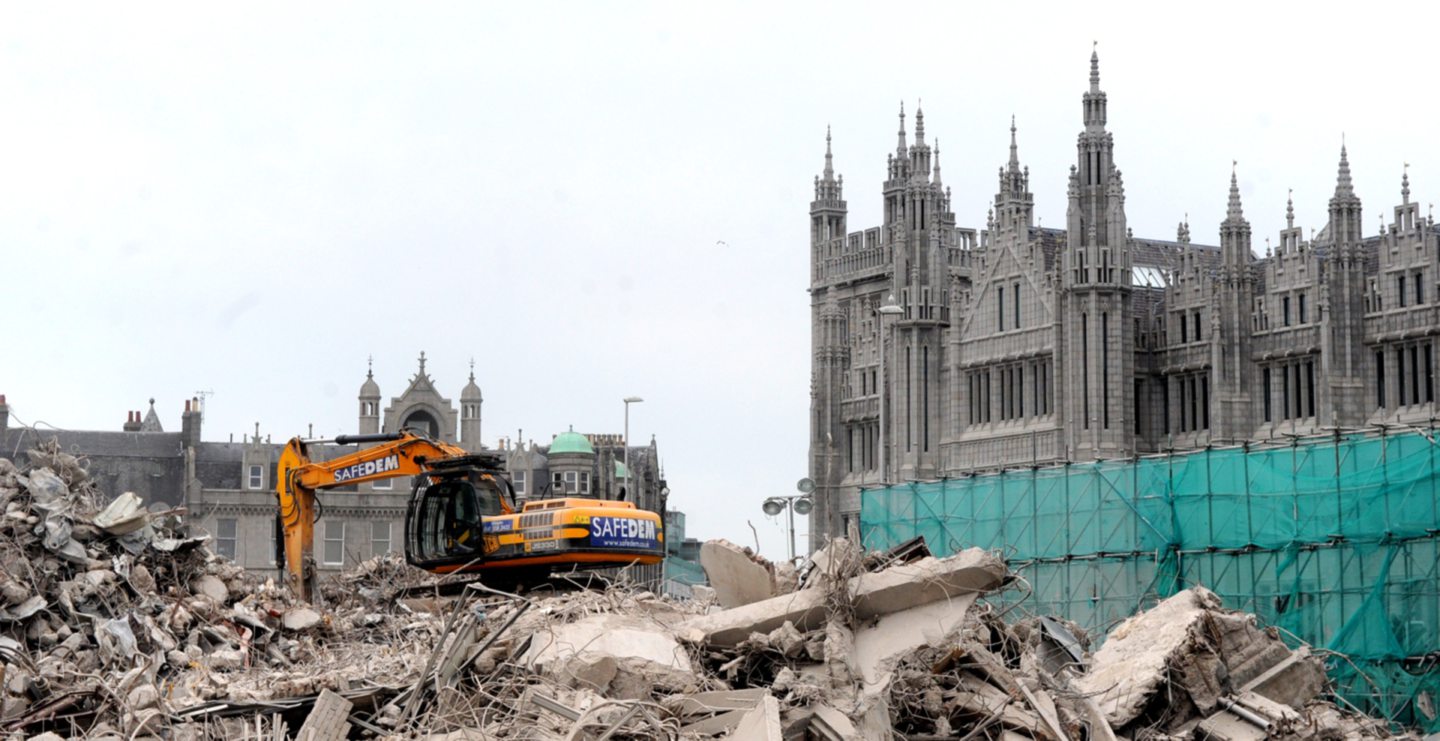
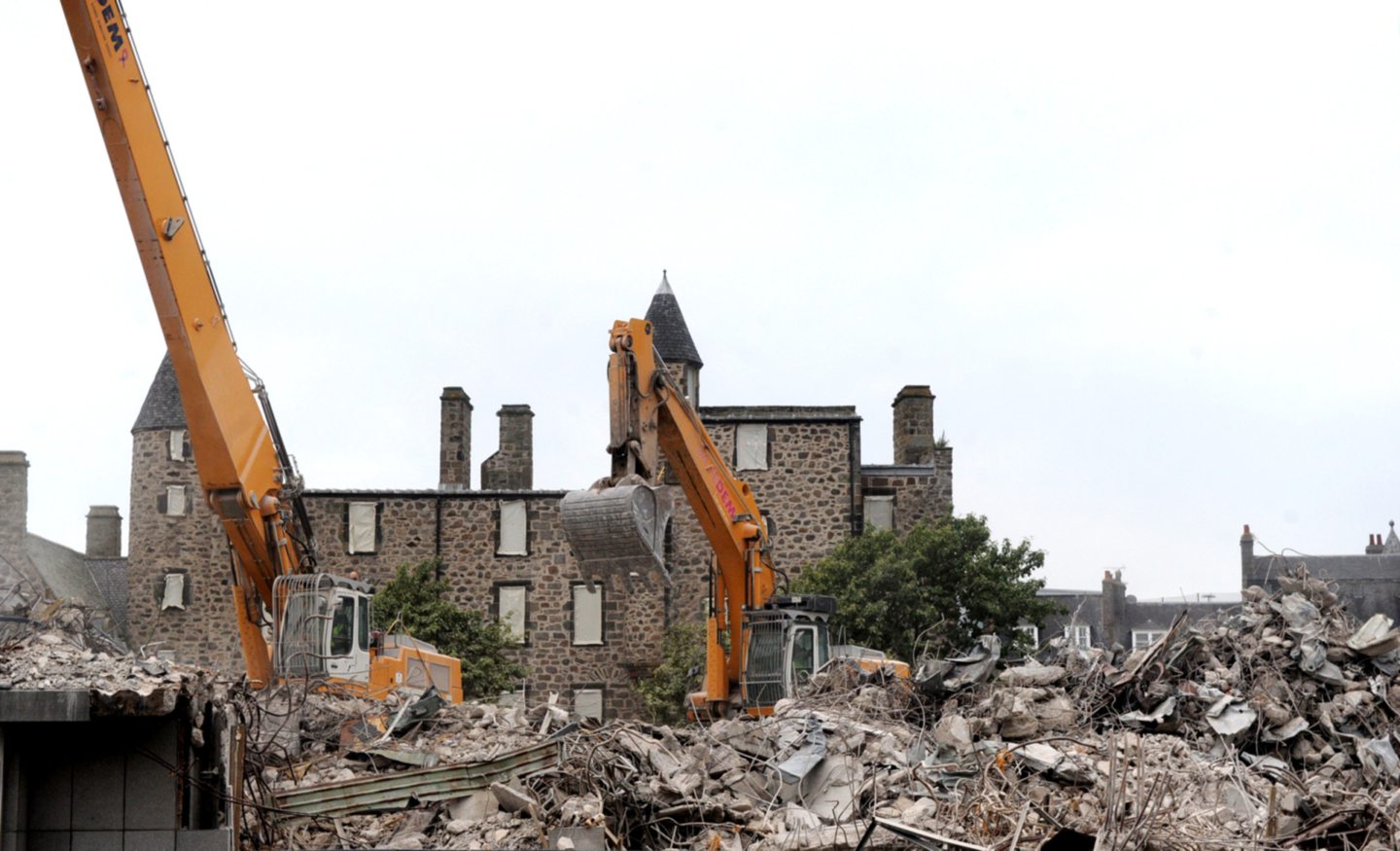
Conversation